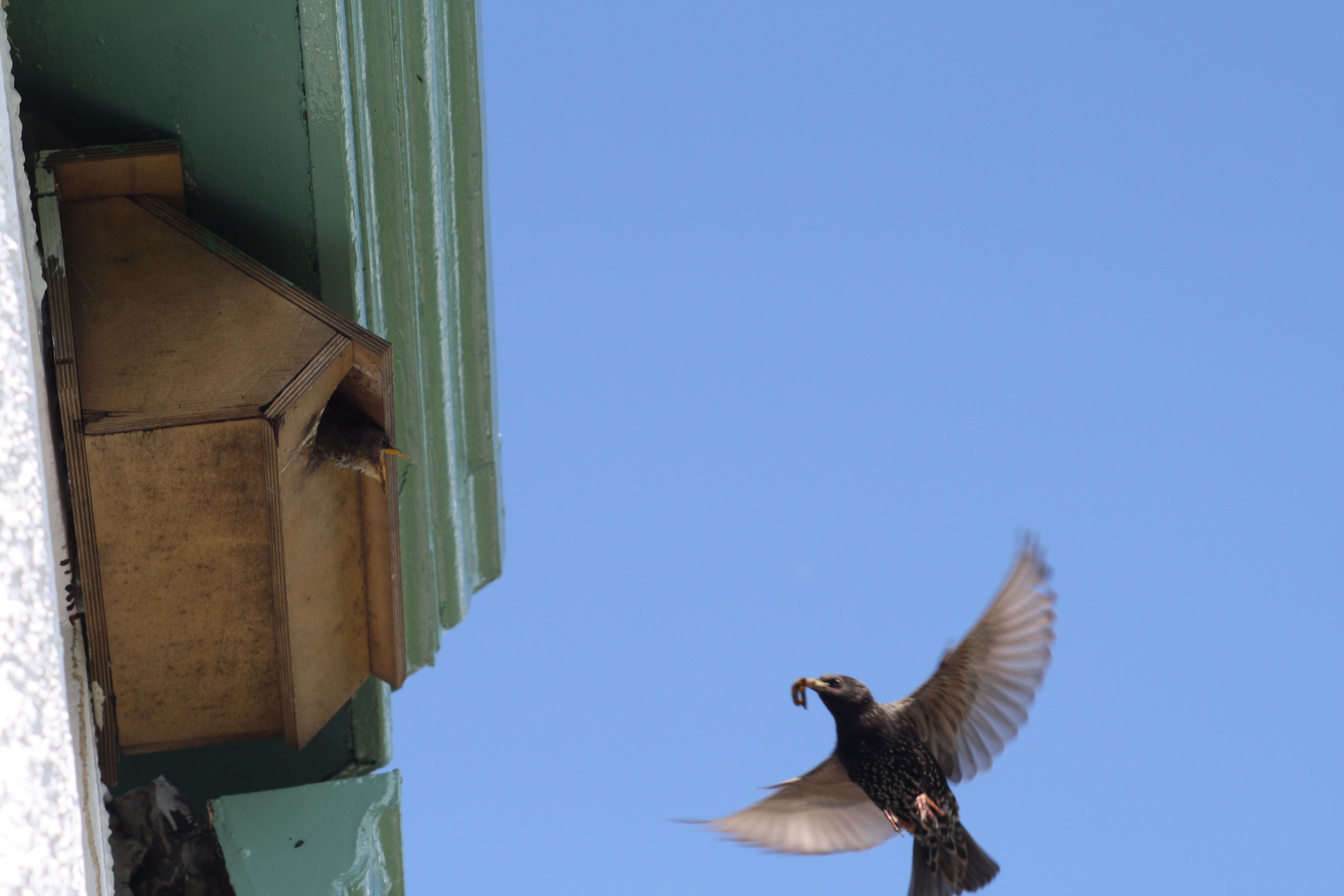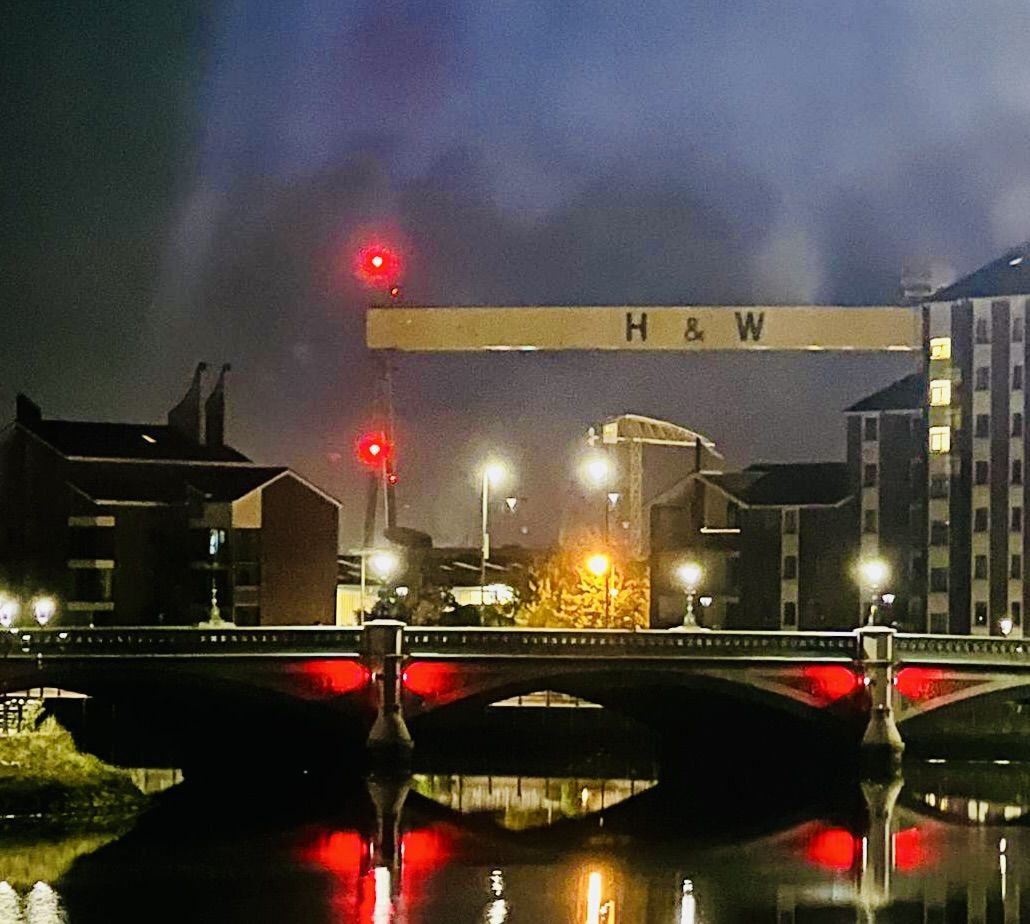THE starlings are returning, one family at a time.
People living down by the Lagan have reported a doubling of the number of starlings roosting under the Albert Bridge in recent weeks.
It’s estimated now that about 150 birds are turning up every evening. One reader living in an apartment overlooking the river says that every night the flock of birds that circle in the air before their bedtime gets that wee bit bigger.
It’s early days – they only roost together in winter – but it seems the campaign which forced the authorities to reduce light pollution is working.
But just a couple of years ago, the starlings here numbered in their thousands – and the famous twilight ‘murmuration’ at the Lagan next to the old Central Station even became a tourist attraction. The murmuration is when they gather at the end of the day in huge flocks, creating patterns like a massive swarm of bees.
But starlings – like all animals including us – need darkness to sleep. And when bright lights were installed not only on new lampposts on the road above but under the bridge, the starlings disappeared overnight.
Light pollution isn’t easy for us to comprehend compared with visible pollution like sewage or plastic in the ocean. When we light up our towns and cities at night, it never crosses our minds that we would be impacting wildlife.
What’s the problem if seagulls circle the city centre in the early hours chasing revellers’ discarded chips? Or if blackbirds and robins sing the night through down at the docks?
But it’s other negative effects caused by light that, ironically, we can’t see.
One of the main casualties of bright lights are bats. When we talk about protecting ecosystems, bats are usually overlooked – but experts say these nocturnal mammals are a critical part of our natural world. Nature is like a chain and when you remove or damage one of the links, the whole system is weakened.
Bats need darkness, and artificial light forces them to change their foraging areas and even abandon their roosts. A vast number of other creatures also change their behaviour when light is introduced.
Today, 23 per cent of the world’s land area is affected by skyglow. Not only does it impact wildlife, but it means that most of us in Belfast never see the incredible night sky of our ancestors. Dúlra remembers seeing those stars and galaxies for the first time as a teenager in Donegal – he stood transfixed in sheer wonder.
Starlings like to gather to roost because there’s safety in numbers. Even the pair which bred this year at Dúlra’s house a few miles from the city centre would have headed down to the Albert Bridge to sleep every night – water retains heat longer so it’ll be a few degrees hotter there, which could make all the difference in the depths of winter.
starlings at Dúlra’s house
But when the bridge was refurbished in 2019, it soon became apparent that the starlings were being disturbed. Floodlights lit the river below and new lampposts were installed with strong LED lighting – ironically the posts had a starling design as a thoughtful nod to the residents below.
This year, after a campaign from bird lovers, those floodlights were filtered red and the back of the lanterns above were fitted with blackout screens. The new darker bridge cloaked in red light is certainly easier on the eye.
Starlings, druid in Irish, are often taken for granted, but they’re unique birds. Their song mightn’t be as sweet as the robin’s but each bird has its own repertoire – up to 35 songs. And it can mimic sounds like a parrot -– one in Dúlra’s street used to copy a neighbour’s buzzing telephone!
It arrived in Ireland for the first time less than 200 years ago and it liked what it saw. In recent years however their numbers are dropping as nest sites become scarcer and their favourite worms harder to find.
Hopefully this winter will see starlings once again feeling at home in the heart of our city and we’ll again marvel at those twilight sky performances.







